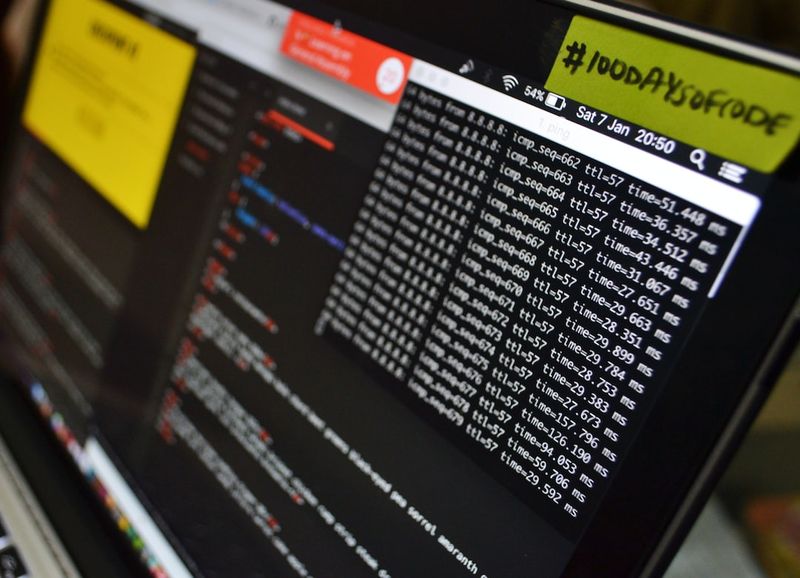Data Leaks and the Rise of Fake Leaks: A Growing Challenge for Businesses
Data leaks have become a significant and escalating challenge for companies worldwide, especially in the face of increasing ransomware attacks and the growing sophistication of cybercriminals. However, the emergence of fake data leaks has further complicated the landscape. Cybercriminals are now actively fabricating leaks, with far-reaching repercussions for the targeted organizations.
Motivations behind Fake Data Leaks
A closer look at the motivations behind fake data leaks reveals several key factors. First, well-known cybercriminal groups actively publish information about victim companies on their blogs and attempt to blackmail them for ransom. This publicity-driven approach seeks to generate hype and provoke a worried reaction from targeted businesses.
Additionally, lesser-known cybercriminals also seek attention and recognition within the criminal underworld. Creating fake leaks not only generates publicity but also serves as a deceptive tactic to attract potential buyers among other cybercriminals. Novice cybercriminals are particularly susceptible to falling for this trick.
Manipulating Databases to Pass Off as Newly Discovered Leaks
Cybercriminals often create fake leaks by manipulating and misrepresenting parsed databases. Parsed databases involve extracting information from open sources without sensitive data. Threat actors engage in web scraping or internet parsing, extracting text, images, links, tables, and other information from websites to gather data for malicious purposes.
For example, in 2021, a well-known business networking platform was falsely implicated in a data leak when an alleged set of users’ data was purportedly put up for sale on the Dark Web. However, subsequent investigation revealed that the leaked data was an aggregation of publicly accessible user profiles and information from other websites, not a genuine data breach. Similar cases arise when old leaks, even if genuine, are presented as new, creating a false narrative of widespread cyberattacks.
Old Leaks as a Basis for Creating Fake Leaks
Criminals often repost outdated leaked databases to create the illusion of frequent cyberattacks. Sharing old leaks as new builds their reputation among potential buyers and other criminals within underground markets. This practice poses reputational risks for businesses and also compromises customer security.
Mitigating Fake Leaks: Guidance for Businesses
When faced with a fake leak, businesses must respond promptly and effectively. Panic is a natural response due to the public attention generated by fake leaks, but thorough investigation and verification of the reported leak are crucial.
Steps to Take:
- Avoid contacting the attackers and focus on collecting evidence to confirm the attack and compromise.
- Verify the source of the leak and cross-reference the internal data to assess the credibility of the information.
- Prepare a communication plan in advance for interacting with clients, journalists, and government agencies to ensure transparency and maintain control of the narrative.
- Proactively monitor the Dark Web to detect new posts about both fake and real leaks, as well as any spikes in malicious activities. This monitoring may require external experts who specialize in Dark Web intelligence.
- Develop comprehensive incident response plans with designated teams, communication channels, and protocols to address data leaks promptly.
The Importance of Transparency and Preparation
In an era where data leaks are almost inevitable for large businesses, both real and fake leaks should be viewed as a question of “when” rather than “if.” Transparency and preparation are key in effectively dealing with these challenges.
By promptly identifying and responding to data leaks, conducting thorough investigations, engaging with cybersecurity experts, and collaborating with law enforcement, businesses can mitigate risks, protect their reputation, and safeguard customer trust. Proactive monitoring and decisive action are essential in the ongoing battle against cybercriminals and their tactics.
Keywords: Cybersecurity, Data Leaks, Cybercriminals, Fake Leaks, Dark Web, Ransomware, Internet Parsing, Preparations, Incident Response

<< photo by Sigmund >>
The image is for illustrative purposes only and does not depict the actual situation.
You might want to read !
- The Rise of Info-Stealing Malware: Exposing Hacker Forums and Compromised PCs
- The Changing Tides: SecureWorks Implements Workforce Reductions Amidst Shifting Landscape
- Unmasking the Catphish: Uniting Against Credential Phishing
- Navigating the Cloud: Insights from CISOs on Leadership Challenges in Cloud-based Services
- Exposed: Massive Cybercrime Network Unleashes Wave of Info Stealing Attacks, Infecting 120,000 Computers
- How Cybercriminals Exploit Abandoned Websites as Phishing Bait
- Q&A: The Power of Collaboration in Combating Cyber Scammers
- The Global Battle Against Cybercrime: Interpol Takes Down ’16shops’
- North Korean Hackers Exploit npm Packages: Uncovering a Malicious Wave
- Unraveling the Weave: Safeguarding Your Identity Against Threats
- The Rise of ‘JanelaRAT’: A Menace to Latin American Users
- The Defenders’ Challenge: Preparing for the Era of Deepfakes
- Ensuring Cybersecurity: Analyzing the Fallout of a Massive Ransomware Attack on a Canadian Dental Service
- The State of Cybersecurity: Key Takeaways from Recent Events
- The Rising Threat: How Side-Channel Attacks Are Exploiting Modern CPUs
- Hospitals and Health Care Under Siege: Unmasking the Threat of Cyberattacks




